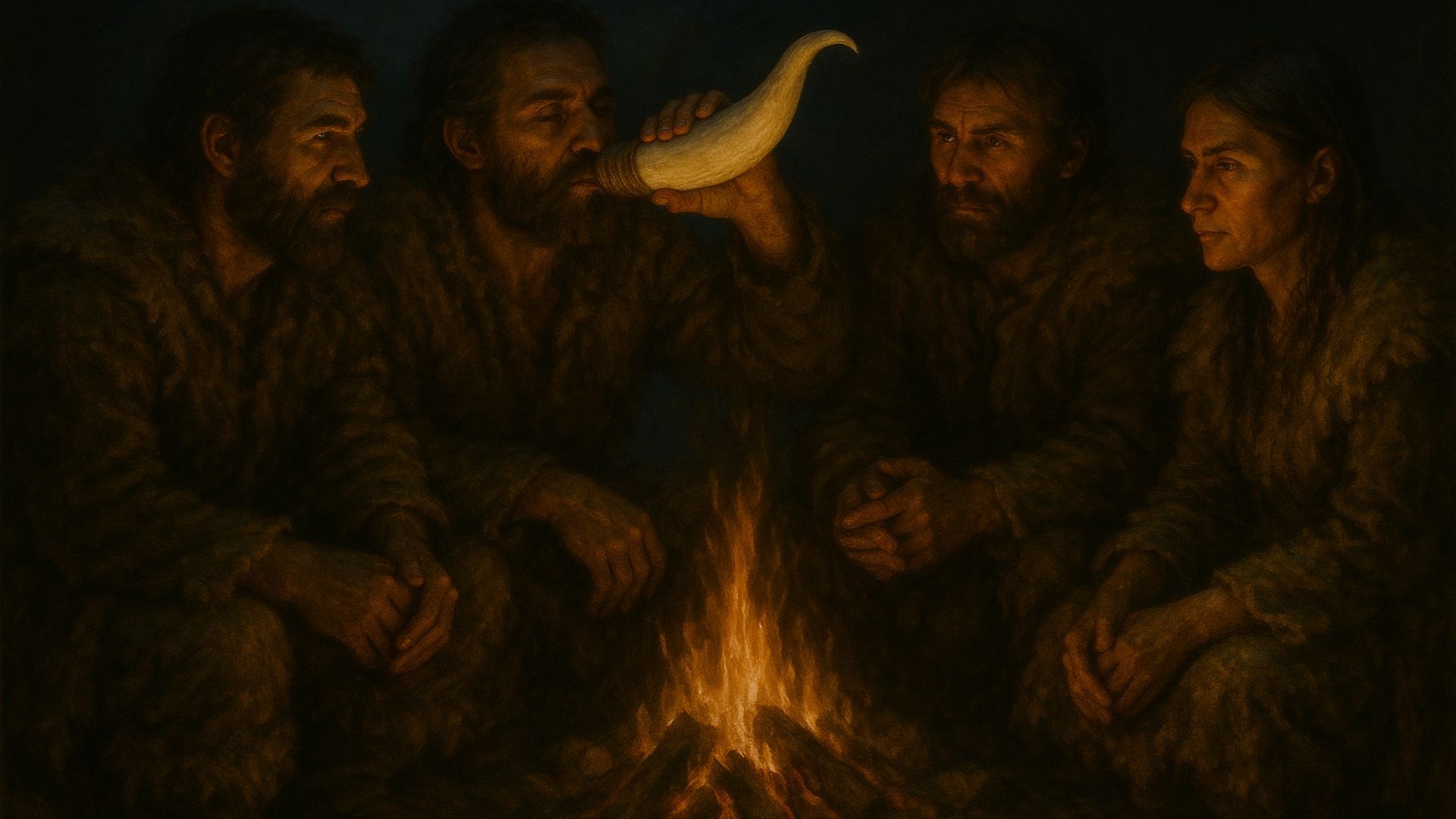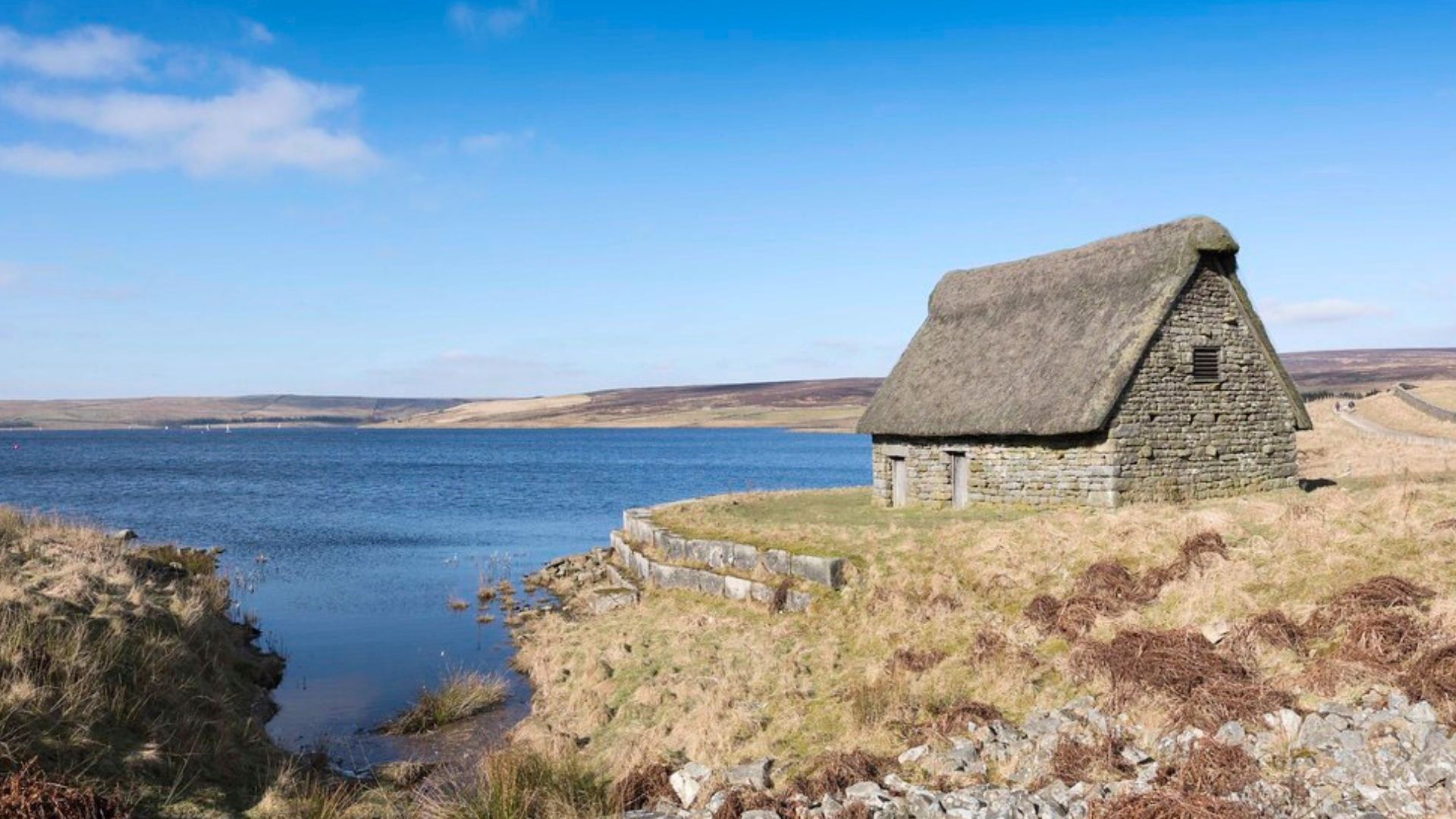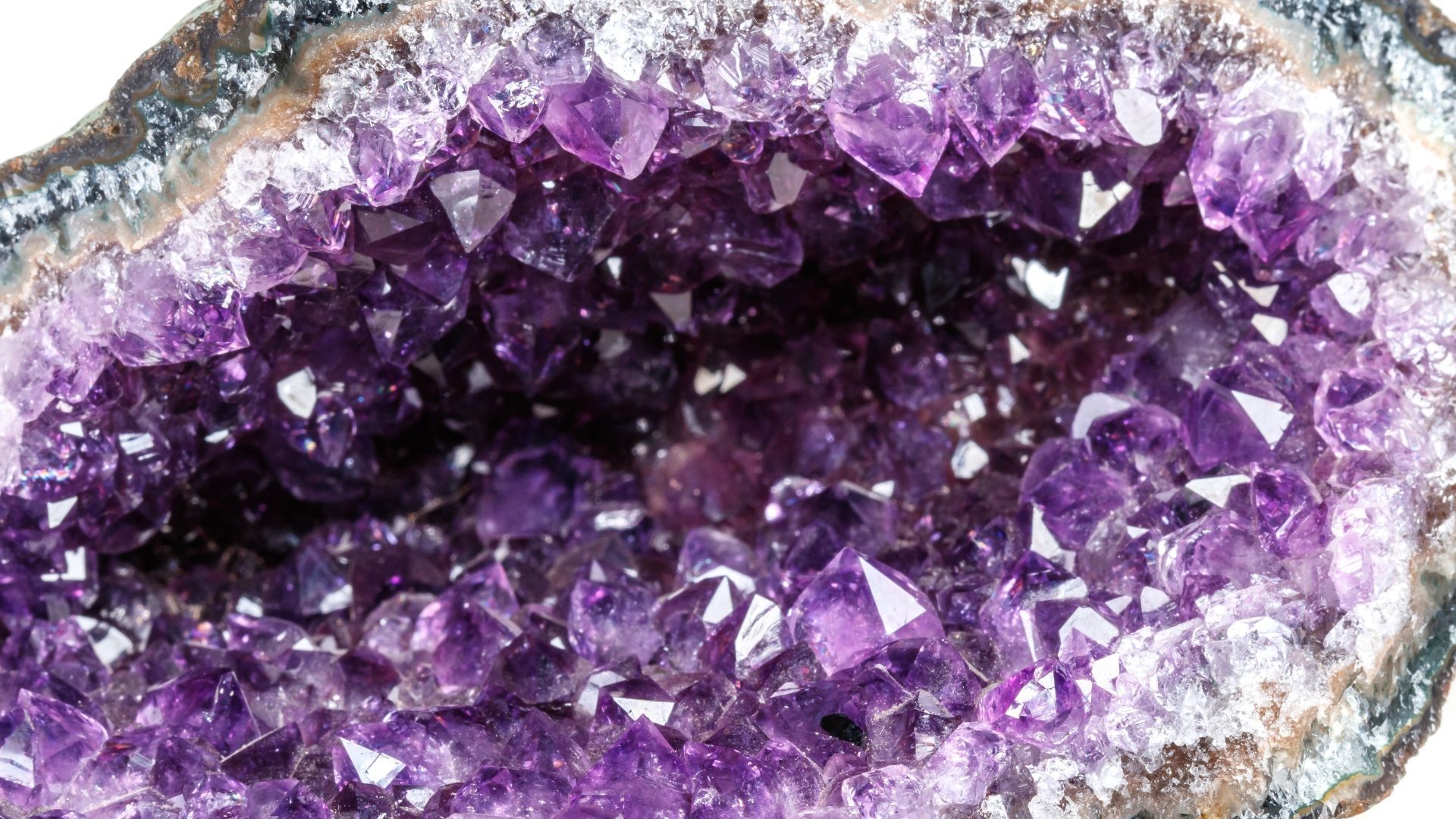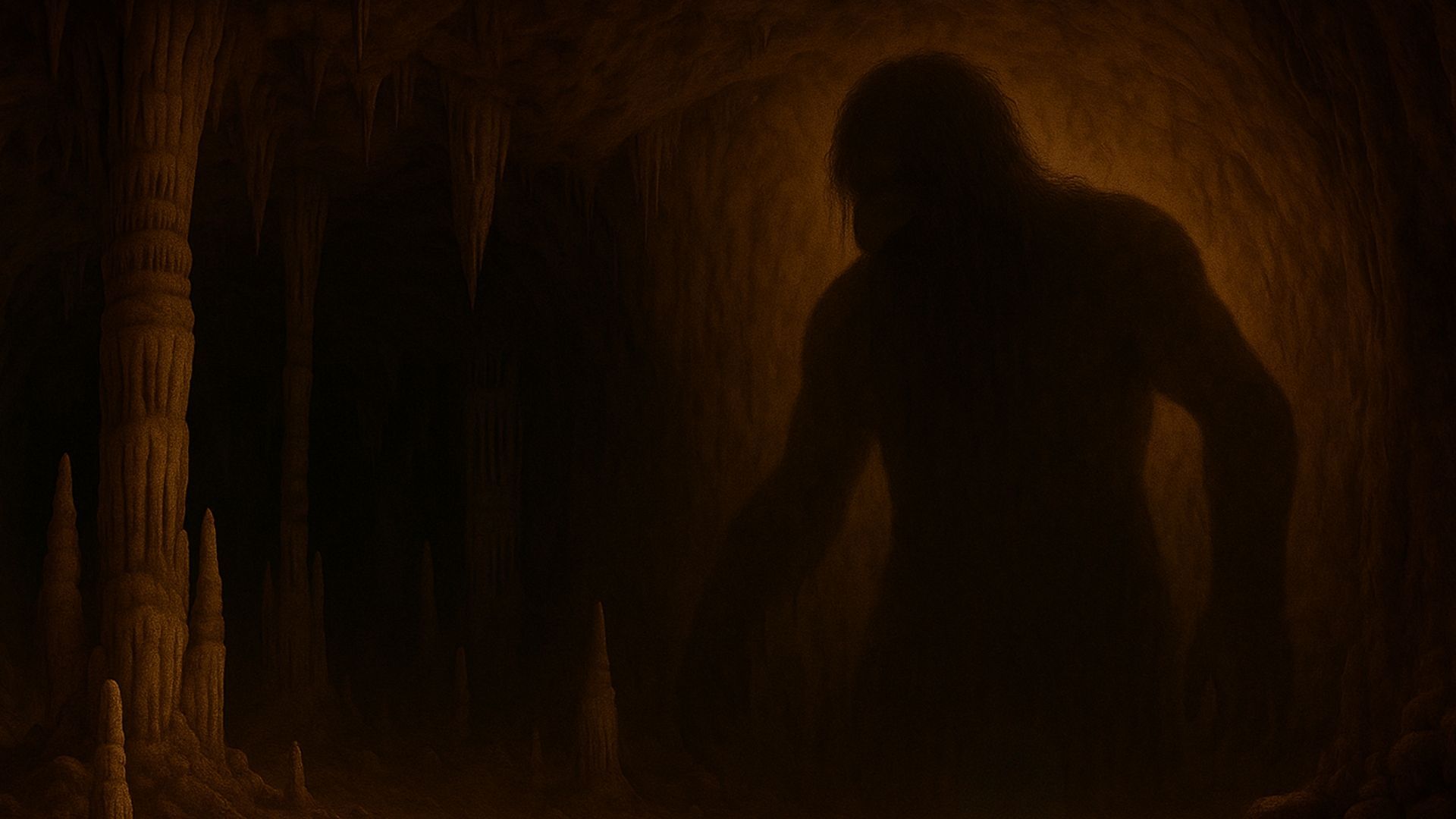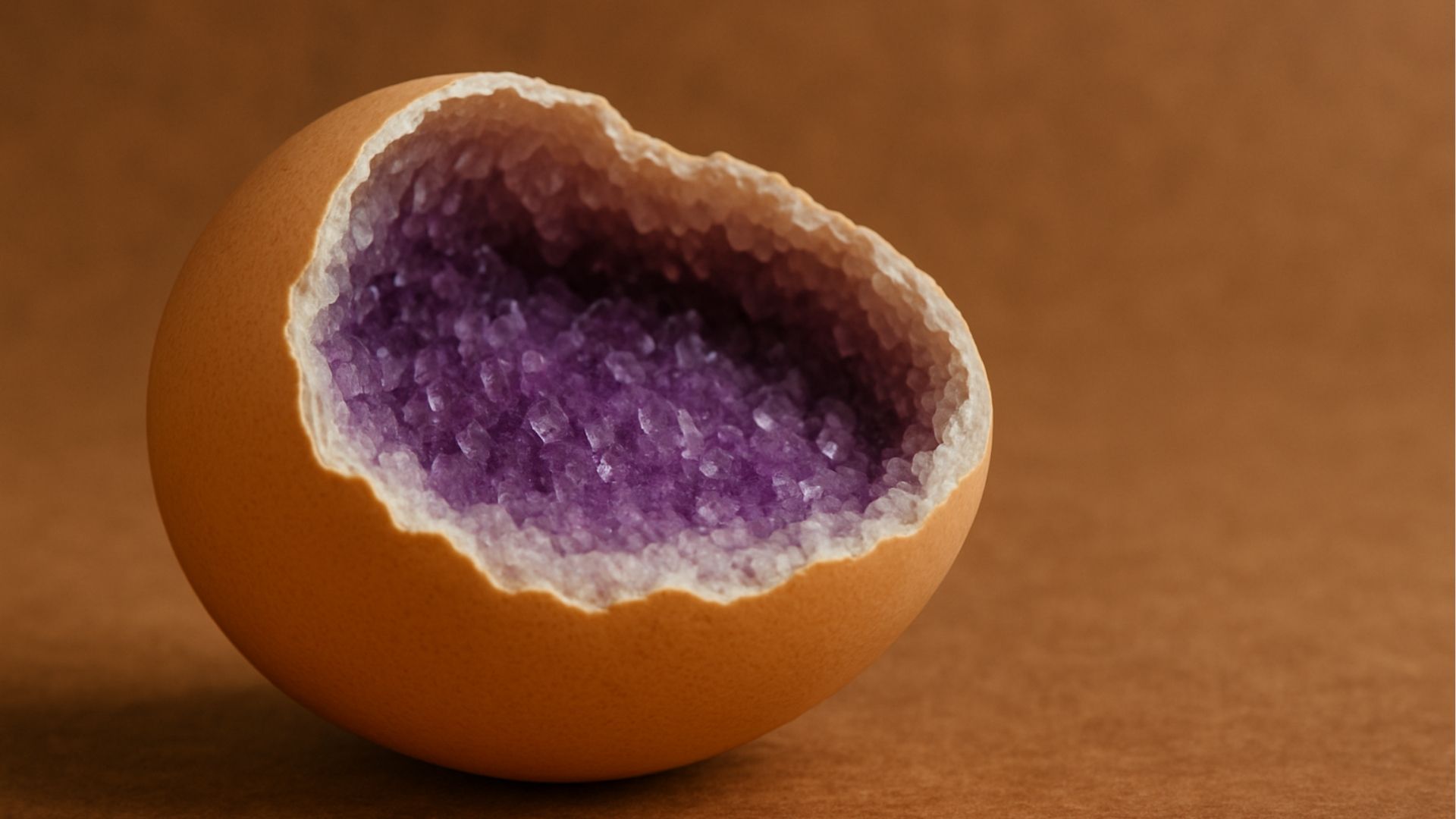Scientists can use caves to learn about the history of Earth's climate. But how? Find out in our quick guide.
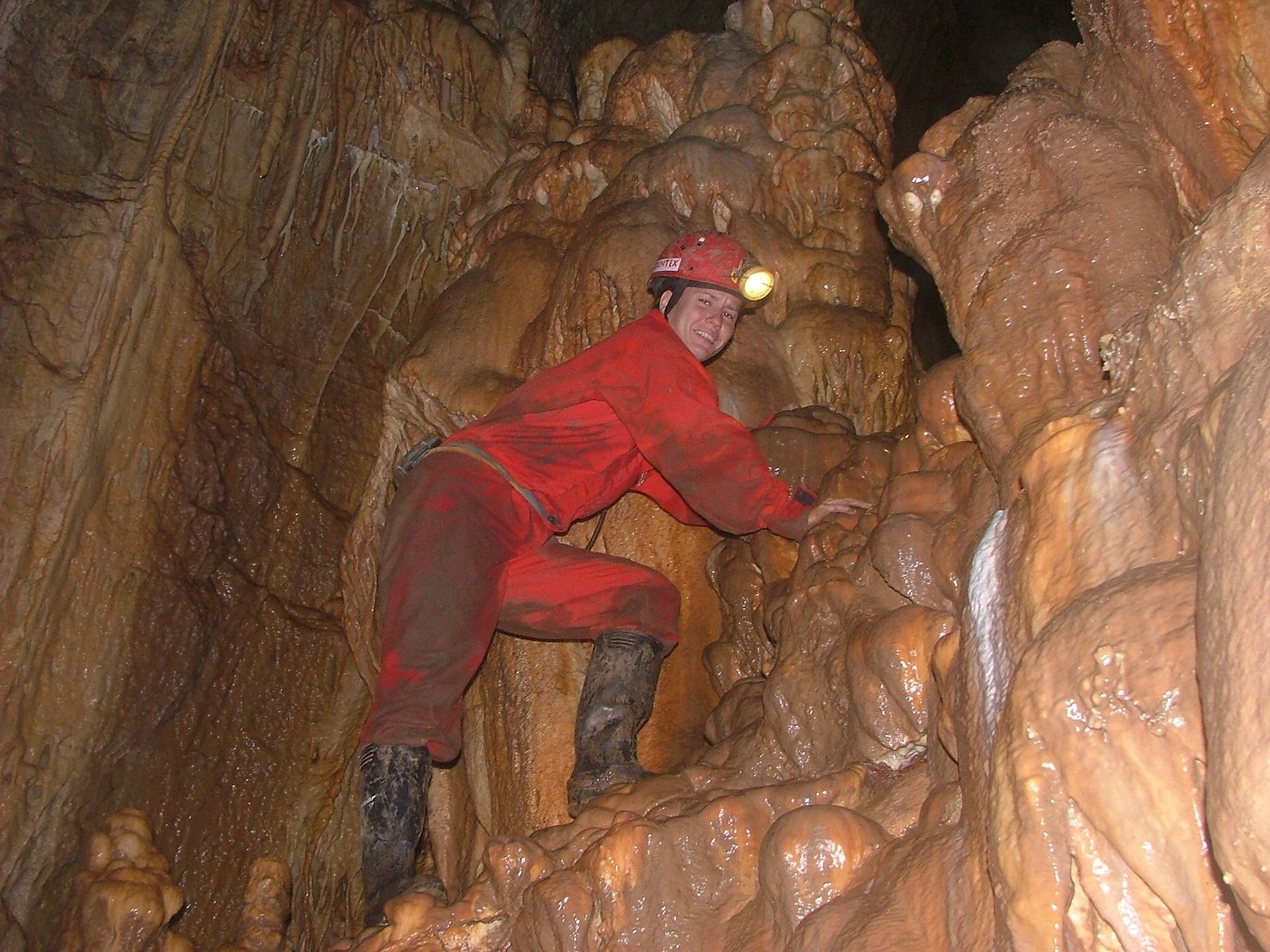
Caves are compelling, mysterious things. Formed over millions of years – and chock-full of secrets – they have captivated us since the earliest days of humanity.
For early humans, caves were home – but they may also have been places of ritual and wonder. Our ancestors probably used them for religious ceremonies, as well as places to create art and entertainment.
And in more modern times, they have become sites of exploration. After all, many caves across the world remain unmapped.
So far, so fascinating. But caves don't just teach us about human history. Recently, scientists have discovered new ways to learn about the history of Planet Earth – and, as you might have guessed, it all started in a cave.
Caves and our climate
Thanks to work being done by teams around the world, caves are revealing new information about the climate and climate change.
That's right. Scientists are using the latest research techniques – as well as tried-and-true technologies applied in non-traditional ways – to unlock hidden climate secrets.
These secrets show us what the Earth was like across a vast stretch of time. Some of the scientists' findings have revealed information from millions of years ago.
Speleo-whatnow?
If you've ever been in a cave, you'll have noticed that the deeper you go inside, the wetter it gets.
That's because many cave systems are formed by water running underground. The water cuts through rock and earth in the same way rivers and streams do above ground. All makes sense so far, right?
But the water doesn't just run off and find the nearest ocean. Water also collects in caves – and this is the key that unlocks the mysteries of our ancient climate.
See, when water collects in caves, it creates speleothems.
Yep. You heard us. "Speleothems."
This is the name that scientists give to rock formations that are created by the movement of water through caves. You probably know them better as stalactites and stalagmites: those long, spindly rock formations that hang from cave ceilings and sprout from the floor.
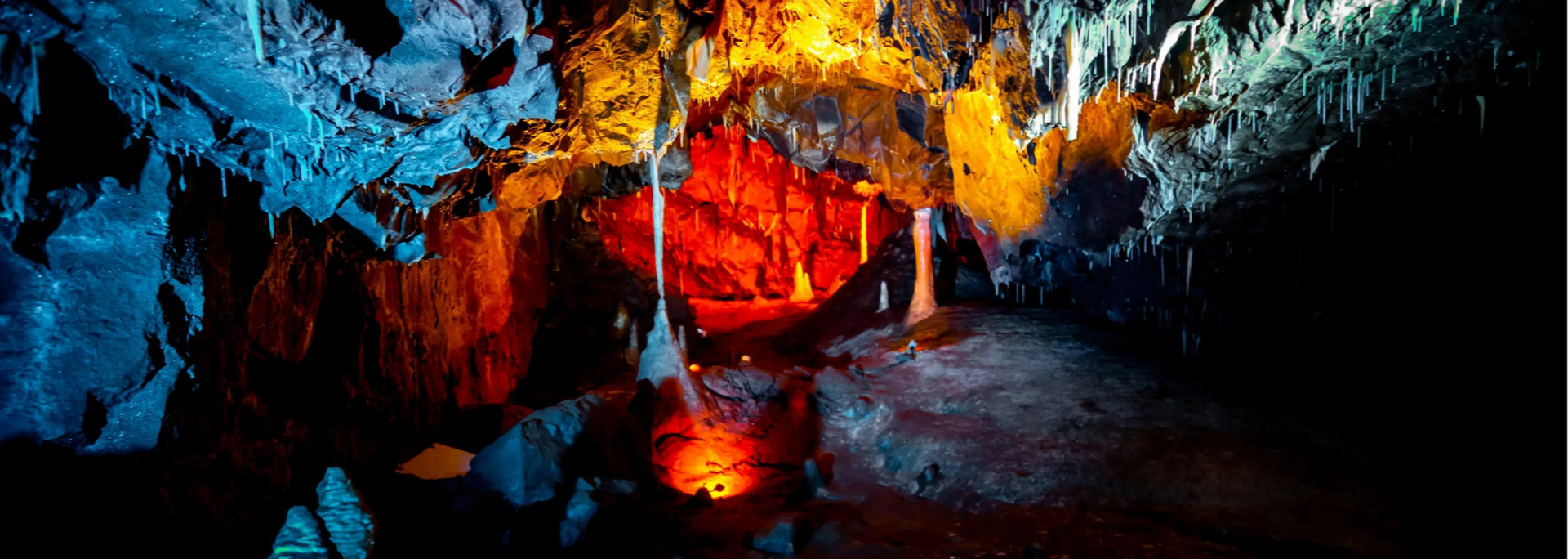
As it happens, there's a third kind of speleothem called "flowstone". These long, flat formations look a little like ice, frozen mid-flow as it runs along the ground.
Flowstones, like stalactites, are mineral outgrowths formed by water running into the cave. As the water drips in from the roof of the cave, it leaves behind traces of mineral deposits.
Have you ever noticed how drops of water can sometimes leave behind traces of a white, powdery substance on a glass or pan? You're seeing exactly the same process in action. Left undisturbed for a long, long time, the deposits would gradually build up and create rock formations.
So, as water drips down from the cave roof onto the floor over thousands of years, stalactites, stalagmites and flowstone form.
Mission: minerals!
When speleothems are growing, they're shiny, wet and pale. But when water stops flowing in that area, they dry out. With time, they take on a dull, dark colour as dirt builds up on top.
But sometimes, shifts in the local climate mean that water starts to flow again. If this happens, another damp layer forms on top of the dry, dirty layer.
If you take a speleothem and cut it open, you'll see these layers inside. Lighter layers indicate times of higher rainfall, while darker layers tell us about times of drought.
Now, if you take this information from lots of speleothems in that cave and others in the surrounding area, a picture starts to build up. Gather enough data and we can tell how wet the climate was at certain points in time.
But the puzzle isn't complete just yet. To figure out precise dates, we need to know the age of each speleothem.
This can be done by analysing samples for uranium molecules.
See, as water falls through a cave, it leaves behind many traces of different elements – including uranium. The uranium dries out and becomes part of the layers of rock in the speleothem.
Uranium is a radioactive element. This means it gradually decays (loses energy) over time. So, scientists can look at how much uranium has decayed out of each sample and get a good idea of how old the sample is.

With a bit of number crunching, the data from the layers and the uranium analyses can tell us all sorts about the Earth's ancient climate.
Isotopes rock!
Another way that scientists reveal climate secrets is by looking closely at the oxygen content of cave rocks.
See, there are actually different kinds of oxygen. The different kinds are called isotopes.
Isotopes are atoms of the same element with the same number of protons and electrons but different amounts of neutrons. There are several oxygen isotypes, but we only really need to know about two. These are known as "heavy oxygen" and "light oxygen".
These two isotopes of oxygen appear in different amounts depending on several different factors. For instance, they vary depending on how much ice there was in the world, how much rainfall there was and where this rainfall came from.
Let's imagine some ancient clouds. Before they burst into rain, did they come in from the sea or from the mountains? This changes the kind of rain that falls – and the amount of heavy and light oxygen within it. When we look at the proportions of these isotypes, we call it the "isotopic ratio".
Rocks preserve some of the information about the ratio of oxygen isotopes that was present when the rocks were formed. This, in turn, tells scientists more about what the seasonal weather changes were like and how much rain there was.
Scientists are learning a lot about historic climate changes by compiling this information from caves all over the world.
Guano-ver it again
It's not just the rocks that have secrets to tell us. We can also examine bat poo.
That's right. Bat poo.
See, in some areas, bats have lived in the same caves for many generations. By analysing their poo – or guano, as it's more politely known – scientists can see what they were eating thousands of years ago.
In the Magurici Cave near Transylvania, scientists were able to examine a nine-foot-tall pile of guano. (Lucky them!)
By using the isotopic signature of carbon and nitrogen, which again will vary depending on the weather, they were able to learn about the climate in that area throughout the Middle Ages and up to as recently as 1895.
Mysteries revealed
As we've seen, there are many ways that caves can teach us about the climate. Rocks, water and the animals that live there all have secrets to tell us.
We can't wait to see what the scientists think up next…
Stump Cross Caverns is an ancient network of underground caves buried deep beneath the Yorkshire Dales. Looking for a fun and educational family day out near Harrogate? It's quick and easy to book your tickets online.


